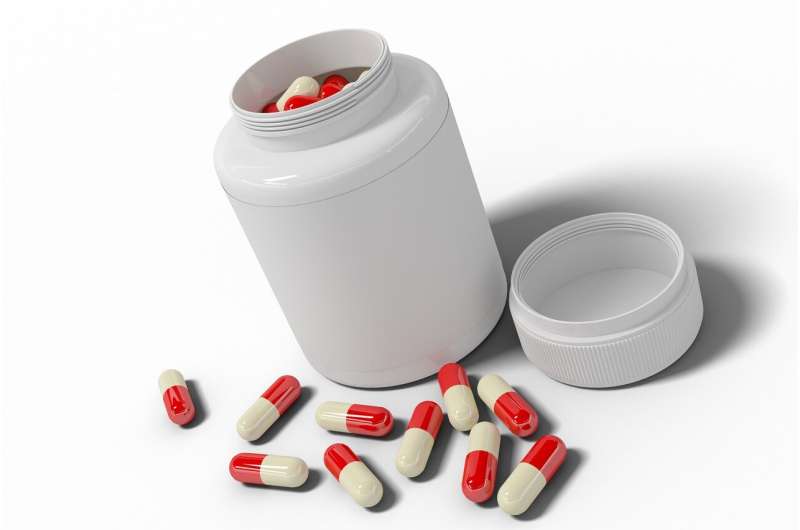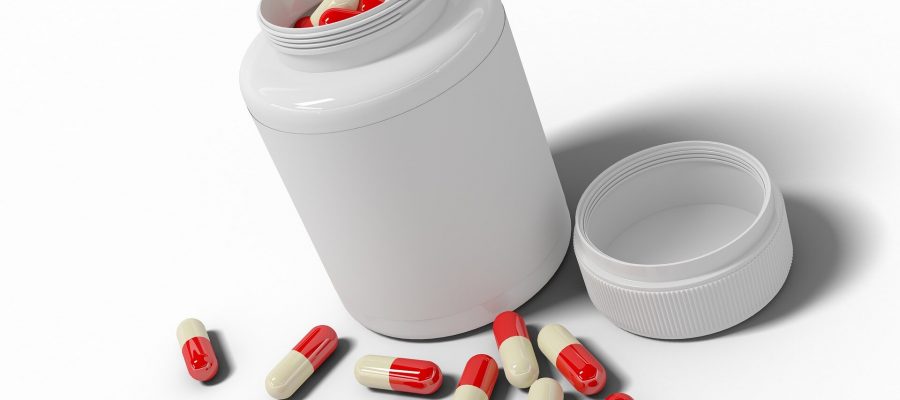
Avacopan was better than prednisone in reducing respiratory as well as ear, nose and throat (ENT) involvement in ANCA-associated vasculitis patients participating in the phase 3 ADVOCATE trial, and enabled reduced glucocorticoid use. Study results were published at the ATS 2022 international conference. The study was a subgroup analysis of results from the larger trial, which led to FDA approval of avacopan.
Of the 330 patients in this analysis, 181 had granulomatosis with polyangiitis (GPA) and 149 had microscopic polyangiitis (MPA). Upper and lower respiratory tract involvement is common in these two types of ANCA-associated vasculitis.
ANCA-associated vasculitis is a potentially life-threatening systemic disease that causes inflammation of small to medium blood vessels and leads to organ damage through the immune system’s (autoimmune) attack against healthy tissue. ANCAs (anti-neutrophil cytoplasm antibodies) are autoantibodies that target enzymes of neutrophils, a type of white blood cell. Neutrophils normally act against infection by inducing inflammation. When ANCAs engage with neutrophils, the neutrophils are fully activated and a person’s own tissues and organs are damaged. The activation of the complement system, part of the immune system, is necessary for ANCAs to be able to fully activate neutrophils. Avacopan is a selective C5aR inhibitor—it counters a molecule (C5a) that activates neutrophils. This is how avacopan is thought to counteract the full and inappropriate activation of neutrophils by ANCAs in ANCA-associated vasculitis.
ADVOCATE was a phase 3, randomized, double-blind, controlled clinical study. All patients were randomized to receive prednisone for several months at tapering doses—the current standard of care for this type of vasculitis—or avacopan. As is standard in treating ANCA-associated vasculitis, all patients also received either cyclophosphamide (followed by azathioprine) or rituximab.
Primary measures of efficacy were the percent of patients achieving disease remission at Week 26 and sustained remission at Week 52. Disease remission was defined as a Birmingham Vasculitis Activity Score (BVAS) of 0 and no glucocorticoids within four weeks prior to Week 26. Sustained remission was remission at Week 26 and Week 52 and no glucocorticoid use four weeks prior to week 52. Lung and ENT involvement was defined as active vasculitis in the upper and lower respiratory tract recorded using the BVAS instrument.
Results included an 86% median reduction in the avacopan group of overall glucocorticoid use, 26-week non-inferiority, and 52-week superiority in remission compared to the prednisone group. Pulmonary involvement was more common in GPA patients (54%; 98/181) than MPA patients (30%; 45/149).
Forty-three percent of patients (143/330) had lung involvement at baseline; 43% (71/166) in the avacopan group and 44% (72/164) in the prednisone group. In the avacopan group, lung involvement was present in 0.6% (1/166) and 0% (0/166) of patients, at Weeks 26 and 52, respectively. In the prednisone group, lung involvement was present in 2.4% (4/164) and 1.8% (3/164) of patients, at Weeks 26 and 52, respectively.
Forty-four percent of patients (144/330) had ENT involvement at baseline; 45% (75/166) in the avacopan group and 42% (69/164) in the prednisone group. In the avacopan group, ENT involvement was present in 1.2% (2/166) of patients at both Weeks 26 and 52. In the prednisone group, ENT involvement was present in 3.7% (6/164) and 3.0% (5/164) of patients, at Weeks 26 and 52, respectively.
Although rates of both lung and ENT involvement were numerically lower in the avacopan group than in the prednisone group, the differences were not statistically significant.
Source: Read Full Article
